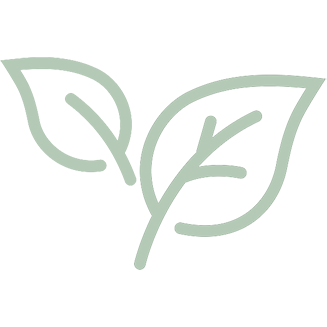After viewing the Hundred Languages of Children exhibition recently, I’ve been thinking a lot about visual art and mark making. Specifically, I’ve been thinking about the significance of children making their mark, be it through writing their name, drawing something that is important to them, or simply and quite literally “making a mark.”
The other morning a parent came into Preschool House and noticed Perry working in the art space. He was painting with dye paints on the upright easel and at the top of the page he had written his name. “Oh, look!” the parent commented; “He’s written his name!”
She was right, of course, he had written his name. And this got me thinking. The art space tends to be the place where children first learn to ‘make their mark’. This is the space where educators and adults demonstrate, over and over and over again, the importance of putting your name to something. It may be one of the first places children discover what their name looks like; not just what it sounds like but what the letters look like when written down.
This is a powerful lesson. Not only does the naming of a child’s work give them a sense of ownership and value, it also teaches significant literacy concepts. Sounds have a concrete connection to symbols. Many people understand the symbols in the same way. So the educator who puts away the dry paintings at the end of the day may not always recognise the individual artistic stylings of each child, but they will recognise the name written on top of the paper and ensure it goes to the right home.

Whilst trying to understand the concept of echos, some children decided to draw what an echo might look like to better express their understandings.
And with this new knowledge, children become empowered. There is a clear reason why the first thing children generally learn to write is their name. More than ensuring paintings go to the right home, the ability to write ones own name empowers children’s sense of identity; their sense of belonging to themselves as well as to their family and the Preschool House community.
Then, through their knowledge of the power of a single word, children by association begin to learn the power of words generally; the ability of written words to communicate, express and create shared understandings.
But even before children begin making their mark by writing their name, the art space is responsible for the development of significant literacy skills. From learning how to hold a pencil or paint brush to imitating writing, visual art is a powerful medium to explore literacy. And when you think about this in connection with the concept of the Hundred Languages of Children, we can see that more than a path to literacy, visual art is a kind of literacy. Children at Flinders have the opportunity to become fluent in many different language, including painting and drawing.
So what does it mean to be fluent in the language of drawing?
I think firstly it’s about children having the power to represent their thoughts and ideas. In the Early Years Learning Framework (EYLF) Outcome 5 Children are effective communicators, the documents considers communication not just in terms of writing and speaking, but also more broadly in terms of the representation of ideas. Some people talk about themselves as a ‘visual learner’ or say that they understand things best when they can draw a version of it, be it a flow chart or something else. This is not different for children; the opportunity to express and explore an idea through a (or many) visual representation aids in developing a concrete understanding.

Another representation of an echo.
Secondly, I’m reminded of the saying; ‘A picture says a thousand words.’ If you have ever heard a child describe a piece of work they are excited by, you’ll know this to be true. What can be brilliantly and concisely captured on an A4 piece of paper takes many hundreds of words to be expressed verbally. For children, who are learning to make sense of their thoughts and the many words that can be used to express them, drawing a pictorial version can be a much more effective way of organising their minds. And the important thing to remember is, once it is drawn, they may not need to express it again verbally, as they have already done so pictorially. Many people as older children, teenagers or adults keep journals to organise their thoughts, for children drawing is a step on the pathway to diarising their lives; a form of literacy.
So when I think about literacy in early childhood, I think of course about reading and writing and their associated skills and processes. But I also think very deeply about the myriad other ways there are for children (and adults!) to express themselves, to communicate their thoughts and articulate their ideas. And further, I think about the importance of listening with more than my ears and reading more than the words.
